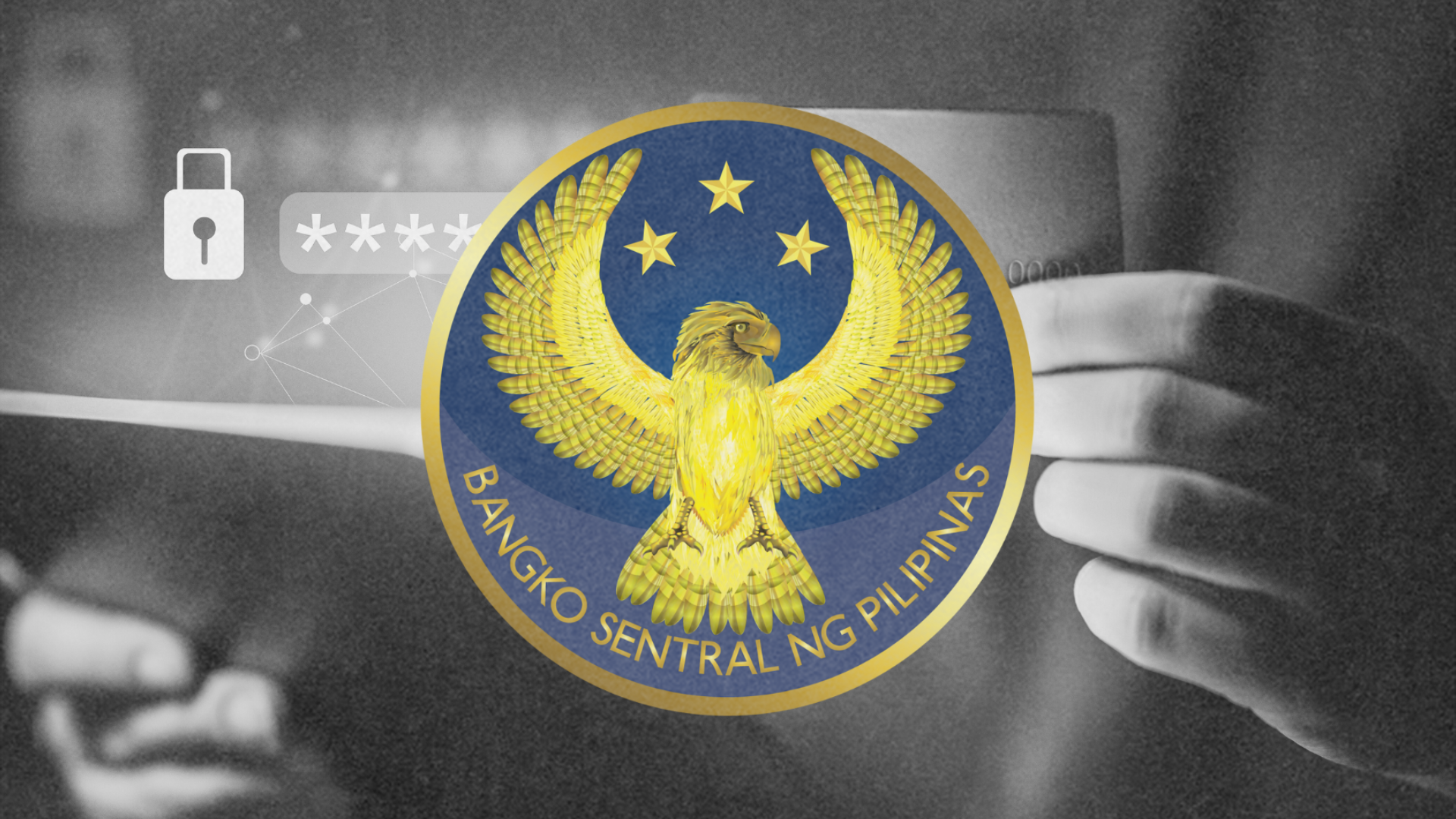I had been with the Presidential Security Group (PSG) for six years during the Ramos Presidency. We did advance party security along with close-in security as a matter of routine. We did it in Metro Manila, in the provinces, and overseas whenever and wherever the President traveled to an off-site engagement.

Today, part of my corporate responsibilities includes off-site event security. There are marked differences between protecting a high public official and securing colleagues in off-site engagements even as there are similarities. Let us first take a look at the differences. First, the principals or VIPs are different.
One is a public figure serving the people whereas the others are private individuals primarily engaged in commercial activity but ultimately one that likewise serves the demands of the public. The first may therefore require a more robust protection detail as a blow to the Presidency could be directly detrimental to national security. It will also have at its disposal all the resources, needed to accomplish the mission, which are made available by people in authority.
Second, the threats are different. On the one hand, the threats to public officials are much more significant as these are usually also the threats to national security like insurgents, secessionists, terrorists, and criminal syndicates. These force the hand of the security group to adopt a long checklist of security measures in order to protect their VIP. On the other hand, corporate threats, especially those that can occur in off-site settings, may simply be a disaster like fire or earthquake, or petty thieves feasting on unsecured private property or a robber chancing upon a hapless employee as she leaves the site on her way home. The checklist that corporate security looks out for is therefore much shorter. This will be discussed in more detail in the succeeding paragraphs.
And third, the security or asset protection resources are probably the most marked and obvious difference. One has at its disposal probably a squad, platoon, or an entire brigade of government manpower just to safeguard a single public VIP depending upon his or her stature in the hierarchy. The other has, in most cases, just the security manager or director. Of course, there are usually personnel from partner security service providers who perform the security function, too. But they are, for the most part, outsourced resources. This point is where I usually argue and recommend that a company would be better served by hiring a professionally certified practitioner like a CPP (Certified Protection Professional) designated by best practice world-class organizations like ASIS International (See www.asisonline.org).
Now, let us also take a look at the similarities between the two worlds of protection. First, whether the VIP is a public or private figure, he or she deserves the utmost protection that can reasonably be provided. The same basic principles of protection would apply even if the associated protective detail strengths and resources differ. Second, the threats may differ but again, the same fundamental principles of protection apply. But since the scales differ, the volume and quality of security systems or solutions employed necessarily align with the threats in each of the two categories of protection. And third, and this point is basically similar with the first two, though the strength of that responsible for protection may be extremely contrasting, the same underlying principles of VIP protection continue to apply. Although just one colleague may be hired by a company to perform the security function that is easily performed by a much more robust number in government, the expectation of results is the same. At the end of the day, the VIP or employer expects mission accomplishment. And the security professional, one person or a battalion, can only comply. In reality, the security manager often does not operate alone. He usually supervises third party adjuncts that perform the day to day physical security functions often including event security. Nevertheless, the security manager is the proprietary ‘go to’ guy regarding any security-related issue besetting the company being the subject matter expert of such enabling function.
To conclude, I wish to elaborate on the checklist that corporate security should follow when performing event security. When conducting ocular inspections / advance party work and the actual event security, the following should be determined and/or inspected by corporate security:
- What is the nature of the event?
- How many colleagues or persons are participating in the event?
- How many entrances are there?
- How many and where are the emergency exits?
- Are the emergency exits accessible from the inside but not from the outside?
- Where are the principal and alternate evacuation routes?
- Where is the evacuation area?
- Is there a person or a clinic that can provide or perform first aid? Who or where is it?
- Who and how many are the in-house security personnel?
- Where will the in-house security personnel be located during the actual event?
- Who is the point of contact in case of an emergency? What are his / her contact details?
- Is this person in contact with external emergency services if needed?
- How many and where are the comfort rooms / toilets?
- Is the area where colleagues park their vehicles secured?
- What is the latest intelligence concerning threats? (Consult in-house security, barangay, or PNP / AFP officials in the area)
- Immediately submit written observations (responses to the above checklist) to the Head of Security.
Indeed, this is a much shorter list than the ones I often implemented as a member of the PSG in those days. But, this brief list addresses the main practical concerns of safeguarding company personnel during the conduct of events given the threats and resources available.





